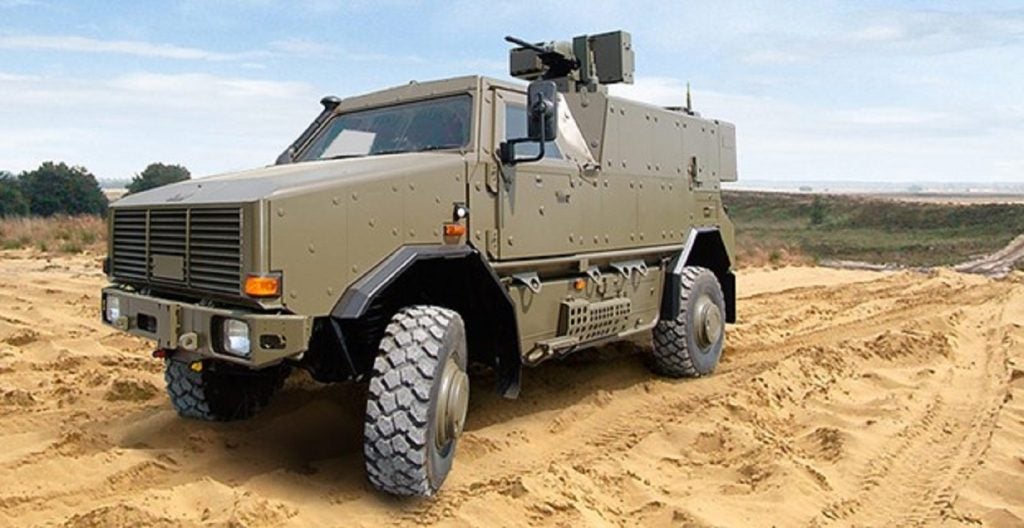This latest issue of Global Defence Technology once more brings you all the latest insight and analysis into the technologies, policies, and influencing factors in the defence space.
Ahead of the recent COP28 climate summit in Dubai, calls intensified for the UN to force militaries to report and reduce emissions. However, there is no obligation to report or reduce their carbon footprint under the UN Framework Convention on Climate Change (UNFCCC).
Meanwhile, developments in soldier protection is seeing new materials and designs utilised to keep the wearer safe on the battlefield. With threats evolving, the sector is experiencing a boom in innovation and variety.
Whether you are desktop, tablet, or smartphone, you can read the magazine for free online.
Elsewhere, we examine the role that Belarus might play in Russia’s aspirations to push back the boundaries of Nato and bring former Soviet states back into Moscow’s orbit.
In addition, analysis from GlobalData’s TS Lombard into the Western seizure of Russian assets shows that while it is one thing talking a big game, acting on it, with all the geopolitical and financial implications that will follow, is another matter entirely.
For all this and more, on sea and in the air, read on and follow the latest developments @DefenceTech_Mag.











